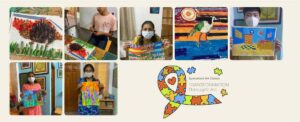Art is a universal language that transcends boundaries and allows individuals to express themselves in unique ways. For special needs children, art can be a powerful tool for communication, self-expression, and personal growth. However, teaching art to this diverse group of children requires patience, adaptability, and a range of effective approaches. In this blog post, we will explore various methods to teach art to special needs children and provide examples of art activities that can foster their creativity and development.
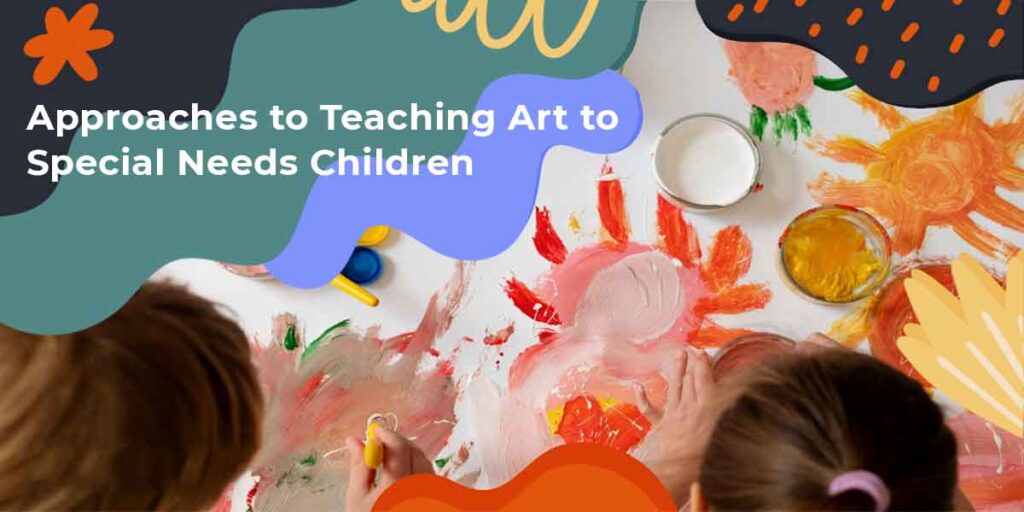
Approaches to Teaching Art to Special Needs Children
Individualized Instruction: One of the key principles when teaching art to special needs children is recognizing that each child is unique and may require individualized instruction. Some children may have motor skills challenges, while others may struggle with sensory processing. Tailoring your approach to each child’s specific needs is essential. For instance, if a child has fine motor difficulties, you can provide larger brushes or adaptive tools to make painting more accessible.
Sensory-Friendly Environment: Creating a sensory-friendly art space is crucial for special needs children. Sensory integration issues can be common, so consider the sensory aspects of the art materials you use. Use non-toxic, odorless, and hypoallergenic supplies. Additionally, provide sensory breaks as needed to prevent overstimulation.
Visual Supports: Visual supports such as visual schedules, social stories, and step-by-step instructions can be valuable for children with autism or other communication challenges. These tools provide a visual guide to help children understand the art activity’s sequence and expectations.
Incorporate Routines: Many special needs children thrive on routines and predictability. Incorporate consistent art routines into your teaching approach, such as starting each session with a calming activity like deep breathing or a sensory warm-up.
Choice and Autonomy: Empower special needs children by offering choices within the art activity. Let them choose their materials, colors, or subjects whenever possible. This fosters independence and personal expression.
Art Activities for Special Needs Children
- Collaborative Painting: Collaborative painting is an excellent way to encourage social interaction and cooperation. Set up a large canvas or paper and invite children to paint together. Provide adaptive tools like sponge brushes or rollers for those with motor difficulties. This activity promotes teamwork and the joy of creating together.

2. Texture Exploration: Sensory processing can be a challenge for some special needs children. Create texture exploration stations with various materials like sand, fabric, feathers, and foam. Encourage children to touch and manipulate these textures, incorporating sensory play into art. and the joy of creating together.
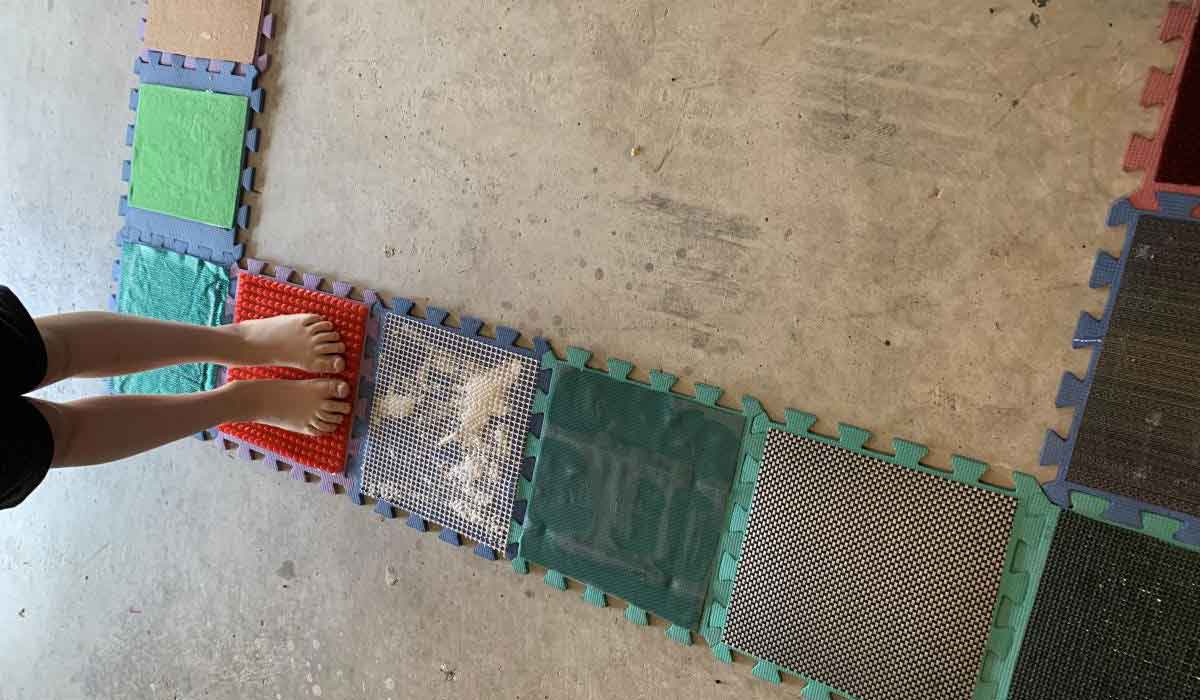
3. Nature-inspired Art: Take the children outdoors and let nature inspire their art. Collect leaves, flowers, and twigs, and use them as stamps, or create nature collages. Nature-based art activities not only stimulate creativity but also connect children with the natural world.

4. Storytelling through Art: Storytelling is a powerful way to engage special needs children in art. Read a story or show them a picture book, and then ask them to create their own art based on the story. This activity encourages imagination and language development.

5. Music and Art Fusion: Combine music and art to create a multisensory experience. Play different styles of music and encourage children to express their emotions and thoughts through art. They can use colors, shapes, and lines to represent the music’s mood.
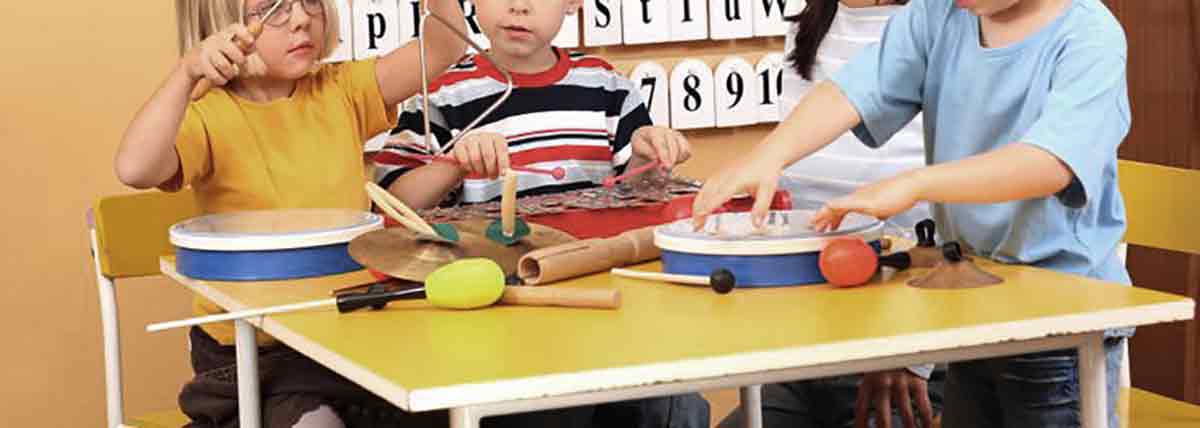
6. Recycled Art: Emphasize eco-friendly practices by using recycled materials for art projects. Collect cardboard, paper rolls, and bottle caps, and challenge children to transform them into art masterpieces. This activity promotes environmental awareness and creativity.
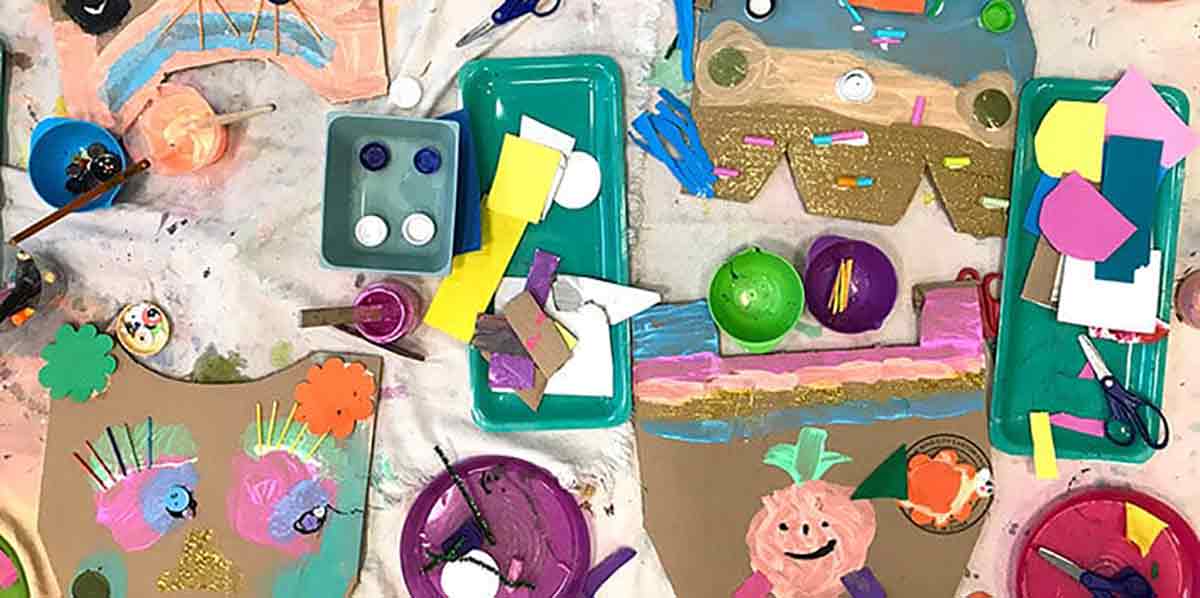
7. Body Painting and Movement Art: Allow children to explore their bodies as a canvas. Use washable, non-toxic paints to encourage them to paint on their hands, feet, or even their entire bodies. This activity combines art with movement and sensory experiences.
Conclusion
Teaching art to special needs children is a rewarding journey that requires creativity, flexibility, and empathy. By embracing individualised instruction, creating sensory-friendly environments, and incorporating inclusive art activities, educators and caregivers can empower these children to express themselves and discover the joy of art. Remember that the process of creating art is just as valuable, if not more so, than the final product. Every stroke of a brush, every touch of a texture, and every moment of self-expression is a step towards personal growth and development for special needs children.
Inclusive art activities like collaborative painting, texture exploration, and nature-inspired art can provide a rich and engaging art experience while accommodating various needs and abilities. By adopting these approaches and activities, educators, parents, and caregivers can make art a meaningful and enjoyable part of special needs children’s lives, fostering creativity and self-expression.
Teaching art to special needs children is a rewarding and enriching experience, and with the right approaches and activities, it can be a powerful tool for their development and self-discovery.
